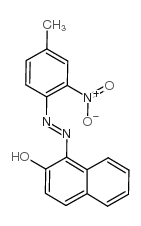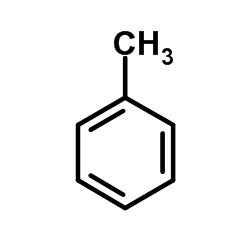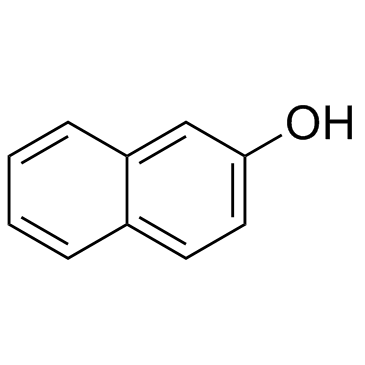Pigment Red 3

Pigment Red 3 structure
|
Common Name | Pigment Red 3 | ||
|---|---|---|---|---|
| CAS Number | 2425-85-6 | Molecular Weight | 307.30300 | |
| Density | 1.32 g/cm3 | Boiling Point | 543.5ºC at 760 mmHg | |
| Molecular Formula | C17H13N3O3 | Melting Point | 270-272 °C(lit.) | |
| MSDS | Chinese USA | Flash Point | N/A | |
| Symbol |


GHS05, GHS09 |
Signal Word | Danger | |
| Name | Pigment Red 3 |
|---|---|
| Synonym | More Synonyms |
| Density | 1.32 g/cm3 |
|---|---|
| Boiling Point | 543.5ºC at 760 mmHg |
| Melting Point | 270-272 °C(lit.) |
| Molecular Formula | C17H13N3O3 |
| Molecular Weight | 307.30300 |
| Exact Mass | 307.09600 |
| PSA | 90.77000 |
| LogP | 5.70060 |
| Vapour Pressure | 8.02E-10mmHg at 25°C |
| Index of Refraction | 1.66 |
| Stability | Stable. May be moisture sensitive. Incompatible with strong oxidizing agents. |
CHEMICAL IDENTIFICATION
HEALTH HAZARD DATAACUTE TOXICITY DATA
MUTATION DATA
|
| Symbol |


GHS05, GHS09 |
|---|---|
| Signal Word | Danger |
| Hazard Statements | H318-H410 |
| Precautionary Statements | P273-P280-P305 + P351 + P338-P501 |
| Personal Protective Equipment | dust mask type N95 (US);Eyeshields;Gloves |
| Hazard Codes | Xn:Harmful |
| Risk Phrases | R40 |
| Safety Phrases | S26-S39-S60-S61 |
| RIDADR | UN 3077 9/PG 3 |
| RTECS | QK4247000 |
| HS Code | 2927000090 |
|
~% 
Pigment Red 3 CAS#:2425-85-6 |
| Literature: Journal of the Chemical Society, , p. 4003,4006 |
|
~% 
Pigment Red 3 CAS#:2425-85-6 |
| Literature: Journal of the Society of Dyers and Colourists, , vol. 40, p. 218,222 |
| Precursor 2 | |
|---|---|
| DownStream 0 | |
| HS Code | 2927000090 |
|---|---|
| Summary | 2927000090 other diazo-, azo- or azoxy-compounds。Supervision conditions:None。VAT:17.0%。Tax rebate rate:9.0%。MFN tariff:6.5%。General tariff:30.0% |
|
CI Pigment Red 3.
IARC Monogr. Eval. Carcinog. Risks Hum. 57 , 259-67, (1993)
|
|
|
14-day and 90-day toxicity studies of C.I. Pigment Red 3 in Fischer 344 rats and B6C3F1 mice.
Food Chem. Toxicol. 27(12) , 793-800, (1989) Treatment of F344 rats and B6C3F1 mice with C.I. Pigment Red 3 in the diet (10, 5.0, 2.5, 1.25, 0.6 or 0.3%) for 14 and 90 days resulted in haematological alterations consistent with haemolytic anaemi... |
|
|
Interlaboratory comparison of the toluidine red unheated serum test antigen preparation.
J. Clin. Microbiol. 20(3) , 434-7, (1984) The toluidine red unheated serum test (TRUST) antigen, a macroscopic flocculation test antigen developed by Pettit et al. (J. Clin. Microbiol. 18:1141-1145, 1983) by modifying the color-coded antigen ... |
| hansaredb |
| Toluidine Red |
| <2-Nitro-4-methyl-benzolazo>-naphthol-(2) |
| 1-((4-Methyl-2-nitrophenyl)diazenyl)naphthalen-2-ol |
| EINECS 219-372-2 |
| hansaredg |
| AKA221 |
| PR 3 |
| pigment red percent3 |
| fastredr |
| 1-(4-Methyl-2-nitro-phenylazo)-[2]naphthol |
| MFCD00003910 |
| lakered4r |
| fastredje |
| HELIO FAST RED RL |
| fastredj |
| fastredab |

